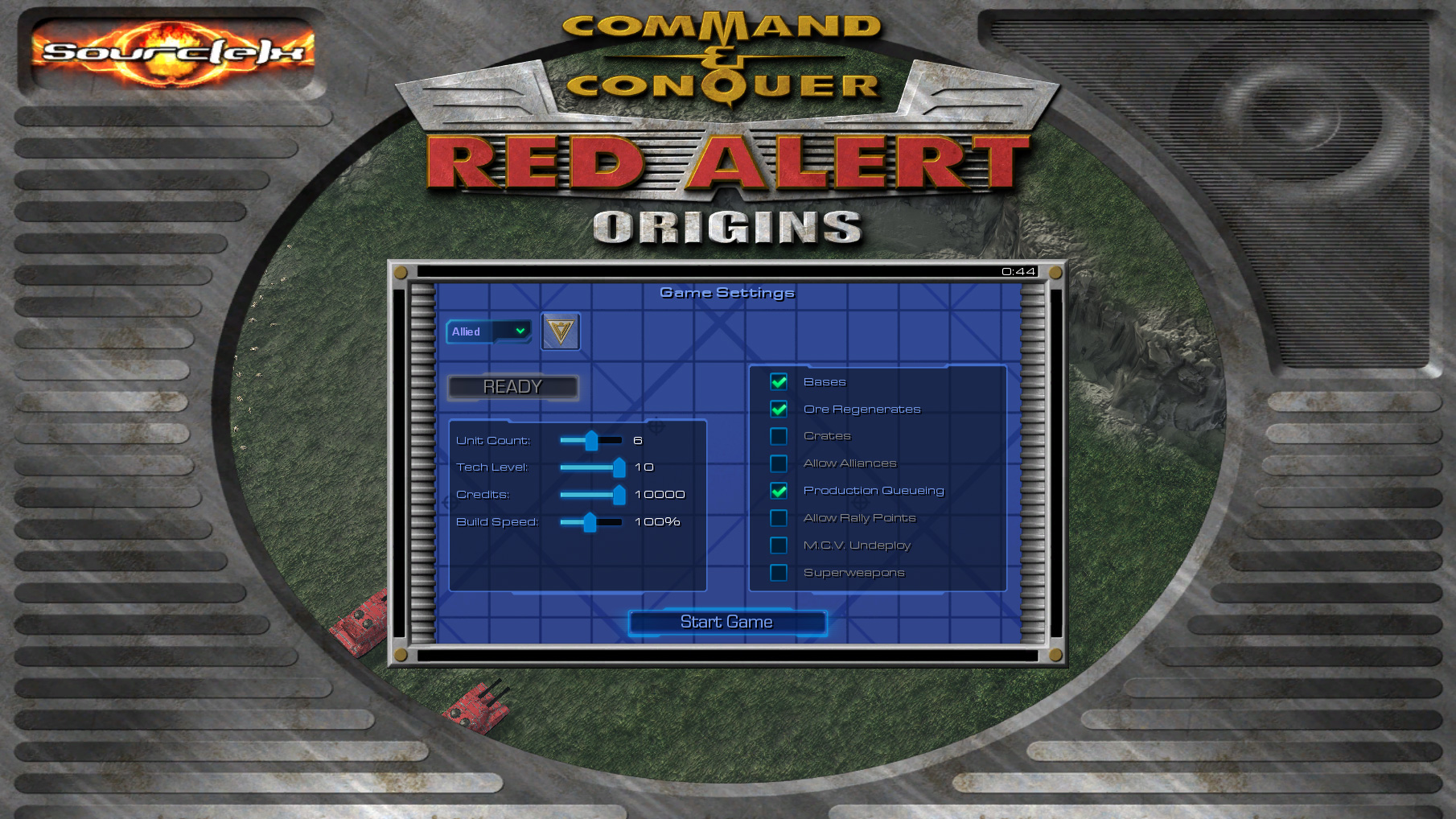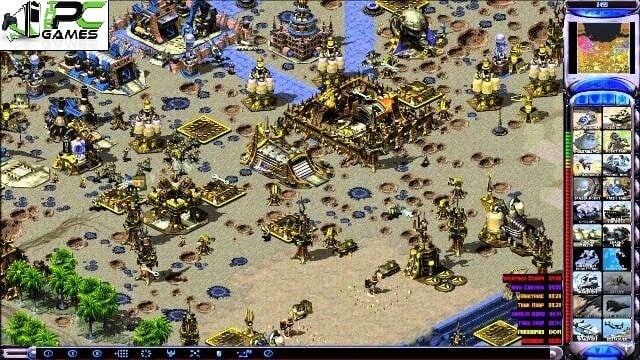
This is more evidently seen in the Soviet route showing them as unabashed bad guys, featuring among other things the massacre of a Polish village and Stalin purging supposed “enemies” among his inner circle, while frightening at least one officer into defecting to the Allies. Compared to later entries in the series, however, the tone is decidedly serious if not grim at points, even with the hammy acting or fantastical technology the latter’s inspired by conspiracy theories and science fiction from the early-mid 20 th Century, such as the Philadelphia Experiment and Nikola Tesla’s more exotic research.

There are also more developed characters involved, ranging from Nikos Stavros, an increasingly vengeful Allied officer from Greece (played by Barry Kramer) to the calculating, manipulative Nadia Zelenkov of the NKVD (Andrea Robinson) and Stalin himself (Eugene Dynarski) the Allied route also introduces the infamous Tanya Adams for the first time (Lynne Litteer), as an American “volunteer” commando. Compared to the original Tiberian Dawn, the writing has been given more emphasis to further add a cinematic flair. The plotlines tying these all together are told primarily through FMVs and prerendered CG cutscenes, which play before and after each mission. While this amounts to little more than changing the map and scenery (barring a few missions set inside buildings), when coupled with a timer and statistics at the end of each mission, it adds more replayability to an otherwise linear backdrop as an added touch, you occasionally even revisit the same maps for different objectives, with whatever you built previously still present. Carried over from Tiberian Dawn meanwhile is the option to choose which target locations certain parts are set in. Playing as a nameless commander serving either the Allies or Soviets (with 15 missions each), you’re thrust right into the thick of the war, whether it’s to hold back the Red tide or spearhead the conquest of Western Europe.

The campaign mode does what it could to flesh out that setting, helping make it familiar yet distinct even from its own successors. All the while even more unforeseen changes loom over the horizon. Thus, an alternate World War II rages, fought this time around with more powerful and exotic weaponry. In response, many European countries have banded together, and with American aid form the Allied Forces. For the Union of Soviet Socialist Republics, now under an even more dangerous and aggressive Josef Stalin, has set its sights on Western Europe without a Nazi Germany to keep Communism in check, the entire Continent looks ripe for the taking. But upon returning back to the “present,” he discovers too late that changing history has unintended and bloody consequences. Then with a fateful handshake, he erases the would-be Fuhrer from the timestream. In 1946, Albert Einstein creates an experimental “Chronosphere” machine, which he uses to travel back to 1924, finding a young Adolf Hitler just out of Landsberg Prison in Germany. The premise itself, for its time was rather unique for an RTS. While only the second entry in the franchise and sharing quite a few similarities, it’s sown the seeds of things to come. This idea evolved into Command and Conquer: Red Alert (or Red Alert), released on November 1996 and distributed by Virgin Interactive. The developers settled on going back in time, chronicling an alternate history that would eventually lead to the events of the Tiberium games.

LOWER RED ALERT 2 GAME SPEED SERIES
Of the three continuities that have emerged over the years (including the Generals timeline), however, the spin-off Red Alert series stands out as being just as memorable as the original Tiberium universe.įollowing the success of the original Command and Conquer – also known ever since by its working title, Tiberian Dawn – Westwood toyed with a variety of ideas on what to do next. Originally developed by Westwood Studios, it’s left a continuing legacy that has outlasted its creators and survived an ignoble fall at the hands of Electronic Arts. Since 1995, the Command and Conquer franchise has taken its place among the classics defining the real-time strategy genre.


 0 kommentar(er)
0 kommentar(er)
